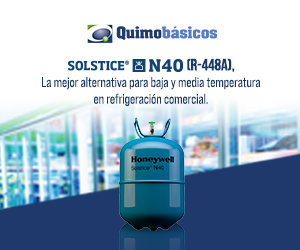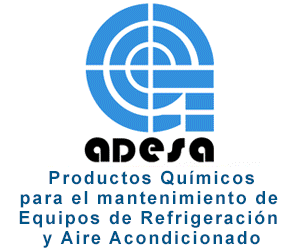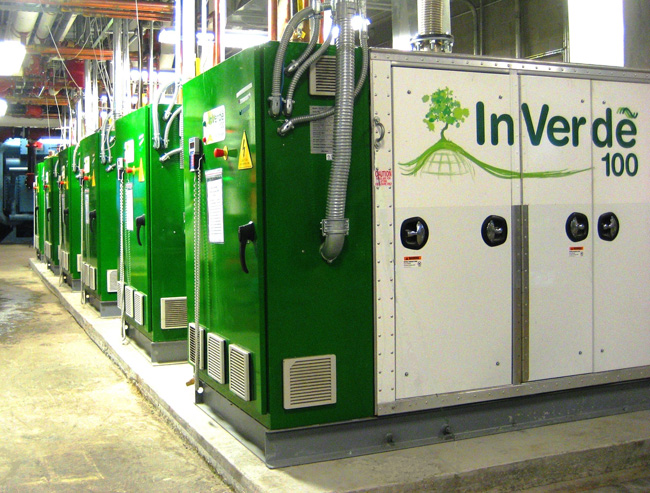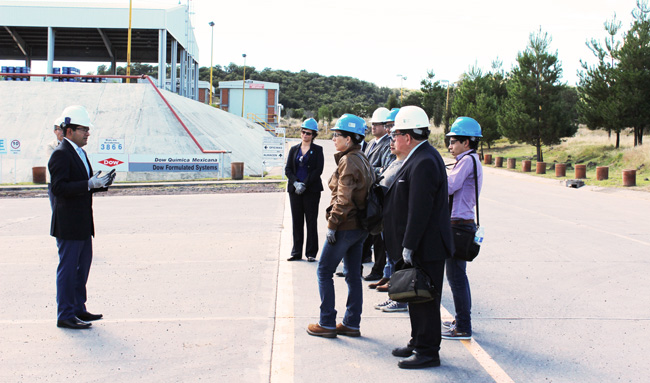
By: David Cruz
With information and images by: MyJobQuote
Most of us have heard of carbon monoxide and know that it’s dangerous to our health. Yet, every year, hundreds of people suffer the effects of carbon monoxide poisoning.
In fact, over the last decade, fire and rescue services have attended more than 15,000 carbon monoxide-related incidents in England. Most of these incidents occurred inside the home.
This suggests that while many of us are aware of carbon monoxide, we don’t fully understand the risk it poses or know how to keep ourselves safe. To help us get to grips with the issue, gas-safe plumbing expert David Cruz at MyJobQuote explains the dangers of carbon monoxide in the home and takes us through the steps we should be taking to keep ourselves safe.
What is Carbon Monoxide?
Firstly, it’s helpful to understand exactly what carbon monoxide is and where it comes from.
Carbon monoxide is a poisonous gas. Unlike most hazards in the home, it’s very hard to spot. This is because it’s colourless, tasteless and odourless and makes no noise. The fact that it’s so easy to miss is what makes it so dangerous. You may have heard it called the silent killer – and this is precisely what carbon monoxide is if it’s ignored.
Where Does Carbon Monoxide Come From?
Now you know what it is, you might be wondering, where it comes from? How does it get into our homes?
Carbon monoxide is created by burning fossil fuels, including gas, wood, coal and oil. This means boilers, heaters, wood-burning stoves and hobs, amongst other appliances, can produce it.
What Are The Dangers of Carbon Monoxide in the Home?
Carbon monoxide is poisonous and is capable of causing serious and long-lasting illness. It can also kill. In England and Wales alone, it’s estimated there are around 40 deaths a year from carbon monoxide poisoning. Faulty appliances and flues are often to blame.
What Signs Should We Look Out For?
To help keep yourself safe from the dangers of carbon monoxide in the home, it’s worth knowing the signs to look out for.
Faulty and poorly maintained appliances pose the biggest risk of producing carbon monoxide. If you spot any of the following, there could be carbon monoxide present in your home:
- A fire in an open fireplace or stove that is burning slowly or won’t stay lit.
- A boiler pilot light that’s glowing orange rather than blue
- Black, sooty stains in and around appliances
- An unusual amount of condensation in a room with a fireplace or gas appliance
If you’re suffering any of the following symptoms, this could be a sign of carbon monoxide poisoning:
- Feeling dizzy or confused
- Headaches
- Sickness
- Shortness of breath
- Chest pain
- Muscle pain or weakness
Many of these symptoms are similar to those of flu and other common illnesses, but if you find that symptoms are coming and going or are worse when you’re at home, then it’s highly likely that you have carbon monoxide poisoning.
What Should You Do If You Suspect There’s a Problem?
If you suspect there’s a problem, the first thing to do is stop using the appliance in question and open all of your windows. Then, go outside and contact the relevant services to help you.
Should anyone in your home have symptoms of carbon monoxide poisoning, seek medical attention immediately.
How Can We Keep Ourselves Safe?
Although thinking about the dangers of carbon monoxide in the home might make you anxious, you can take some basic safety steps to reduce the risks and the worry.
So, how can we keep ourselves safe from carbon monoxide in the home?
First of all, it’s important not to use items in the house that are meant for the outdoors. This includes camping stoves, disposable BBQs and portable generators.
You should install CO alarms or carbon monoxide detectors in every room of your home that has a fuel-burning appliance. These need to be fitted to the ceiling or high up on the wall, so it’s wise to get these professionally installed.
Test these alarms every month and make sure you replace the alarm units every five to ten years. They should be labelled with a replace-by date, so mark this in your calendar.
Make sure that rooms with log burners and multi-fuel stoves have adequate ventilation. A HETAS engineer can advise you on this.
Condensing boilers are sealed from the room and vent outside, while older, non-condensing boilers vent inside the room. So they can pose more of a carbon monoxide risk. If you have a particularly old gas boiler, consider replacing it.
Get gas boilers and appliances serviced annually to ensure dangerous faults and flue blockages are spotted and remedied.
Make sure that gas boilers and appliances are only ever installed and maintained by an engineer who is Gas Safe registered.
Use a HETAS-registered engineer to ensure that wood-burning stoves are installed properly.
Get wood-burning stoves serviced annually by a HETAS-approved technician.
If your chimney is in use, get it swept at least once a year.
Final Thoughts
Carbon monoxide is a danger that we all should be aware of. But by staying on top of seasonal maintenance jobs like getting the boiler serviced and the chimney swept – and knowing the danger signs to look out for – we shouldn’t let it affect our enjoyment of spending time at home.
DAVID CRUZ: David Cruz has worked in the plumbing industry for over fifteen years. David has worked on countless domestic and commercial projects as a plumbing expert and gas-safe engineer. David also works closely with MyJobQuote to provide expert plumbing knowledge to homeowners, tradespeople and news outlets.
























